I actually attempted this once before. That time, I figured there was no way I'd heat the whole QFP up enough to get it off without screwing up other parts. There are parts on both sides, so you can't just wantonly heat it up. So, I got out a dremel cutting wheel and tried to carefully cut out the pins. This was almost successful, but I managed to nick a few traces and ruined the board.
This time around I'll try ChipQuik low-temp solder. It apparently has a low enough melting point that you can wet all the pins with it and it will stay liquid long enough for you to slide/lift off the chip. We shall see about that! There are 180+ pins on the CPU, and they are TINY. I am pretty sure it will come off, as I intend to help it with a hot-air rework air pen. Soldering back on will be the challenge, as it will be VERY easy to create bridges behind pins where it is hard to see/fix.
 hackaday
hackaday
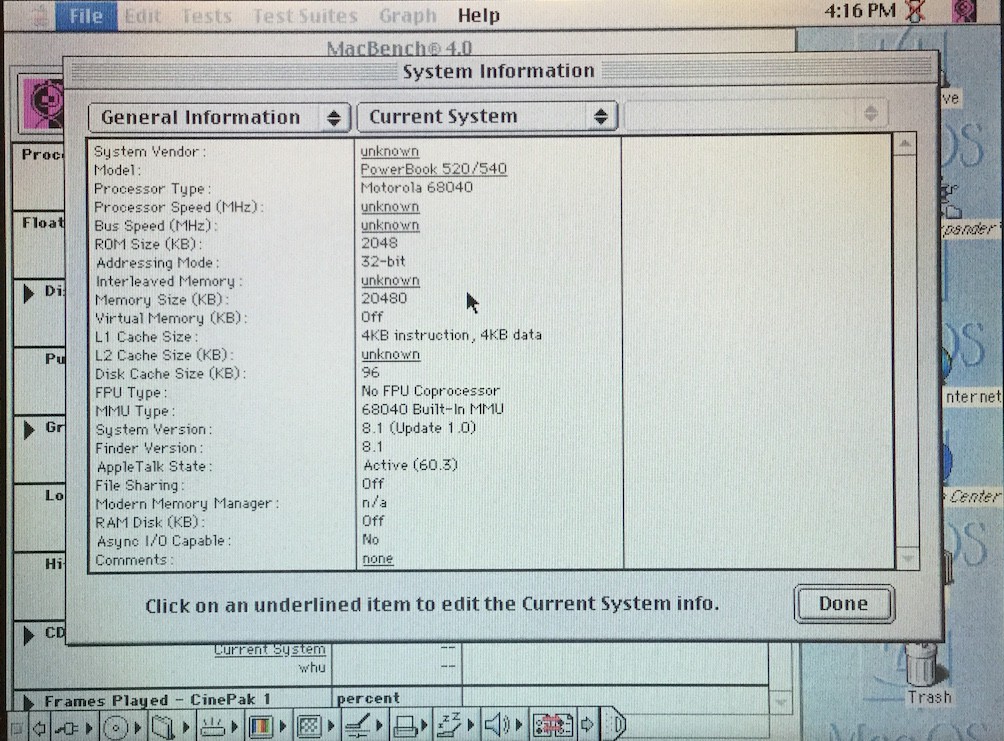
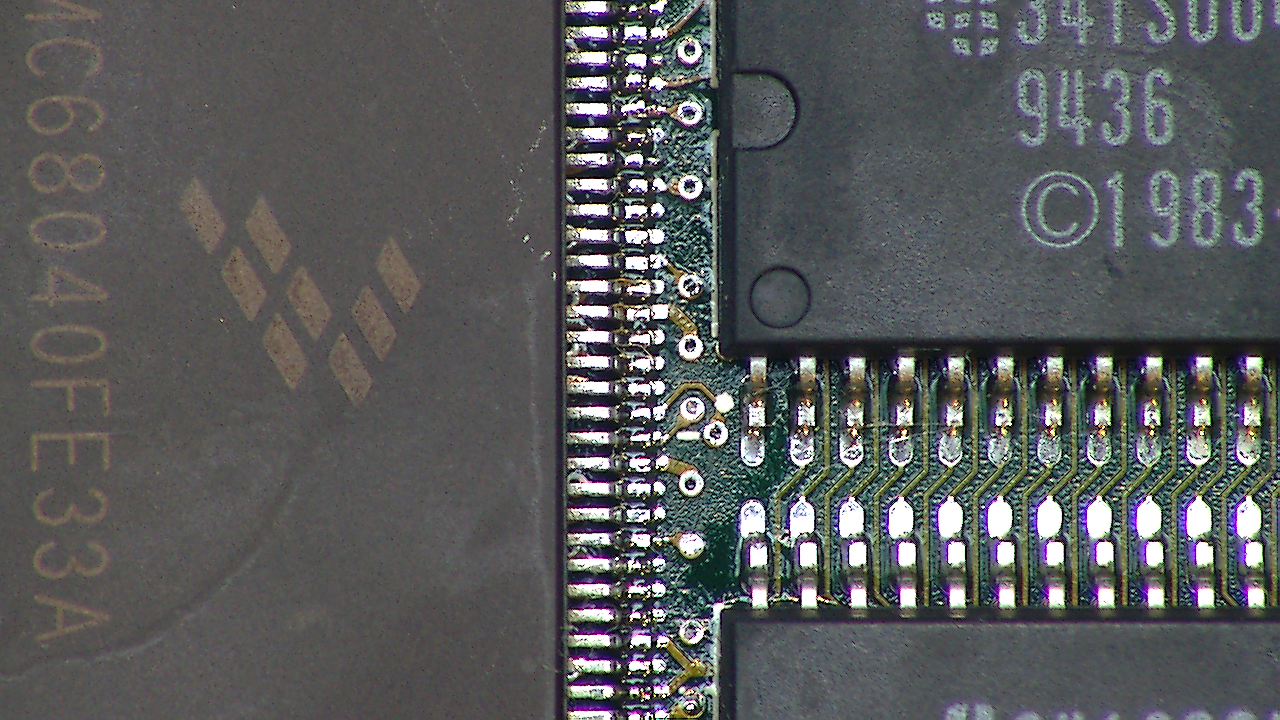
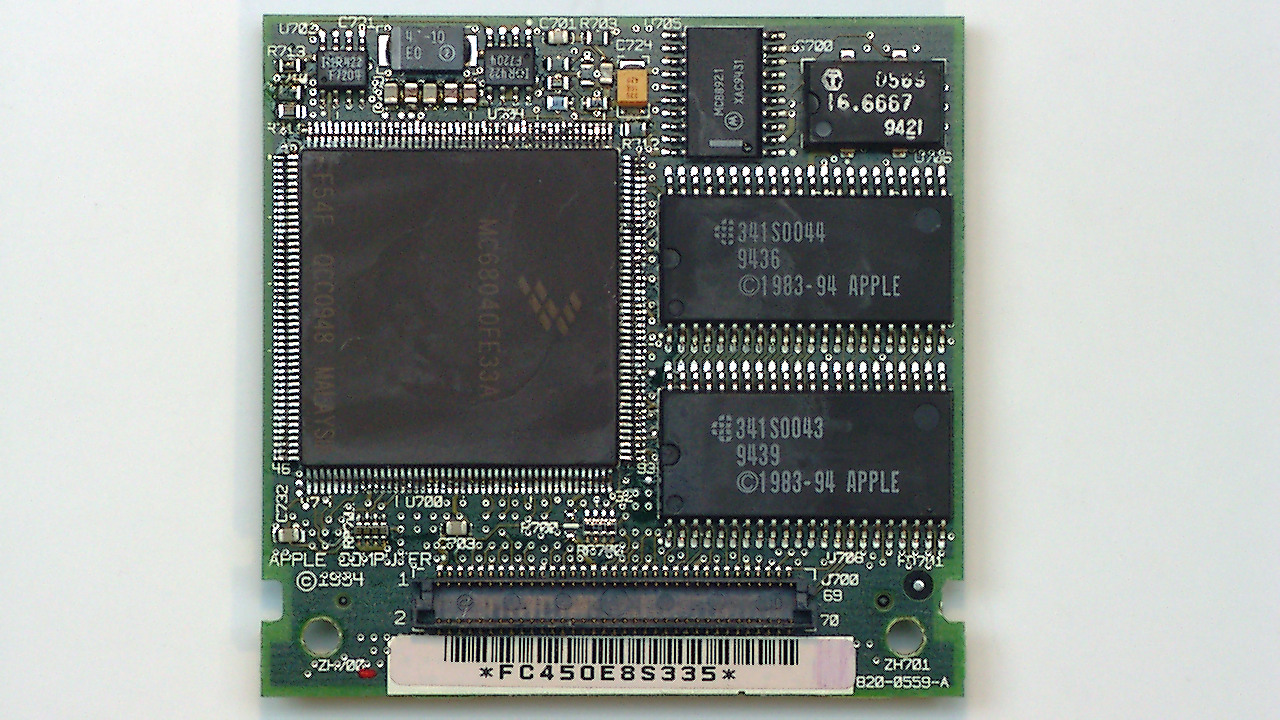
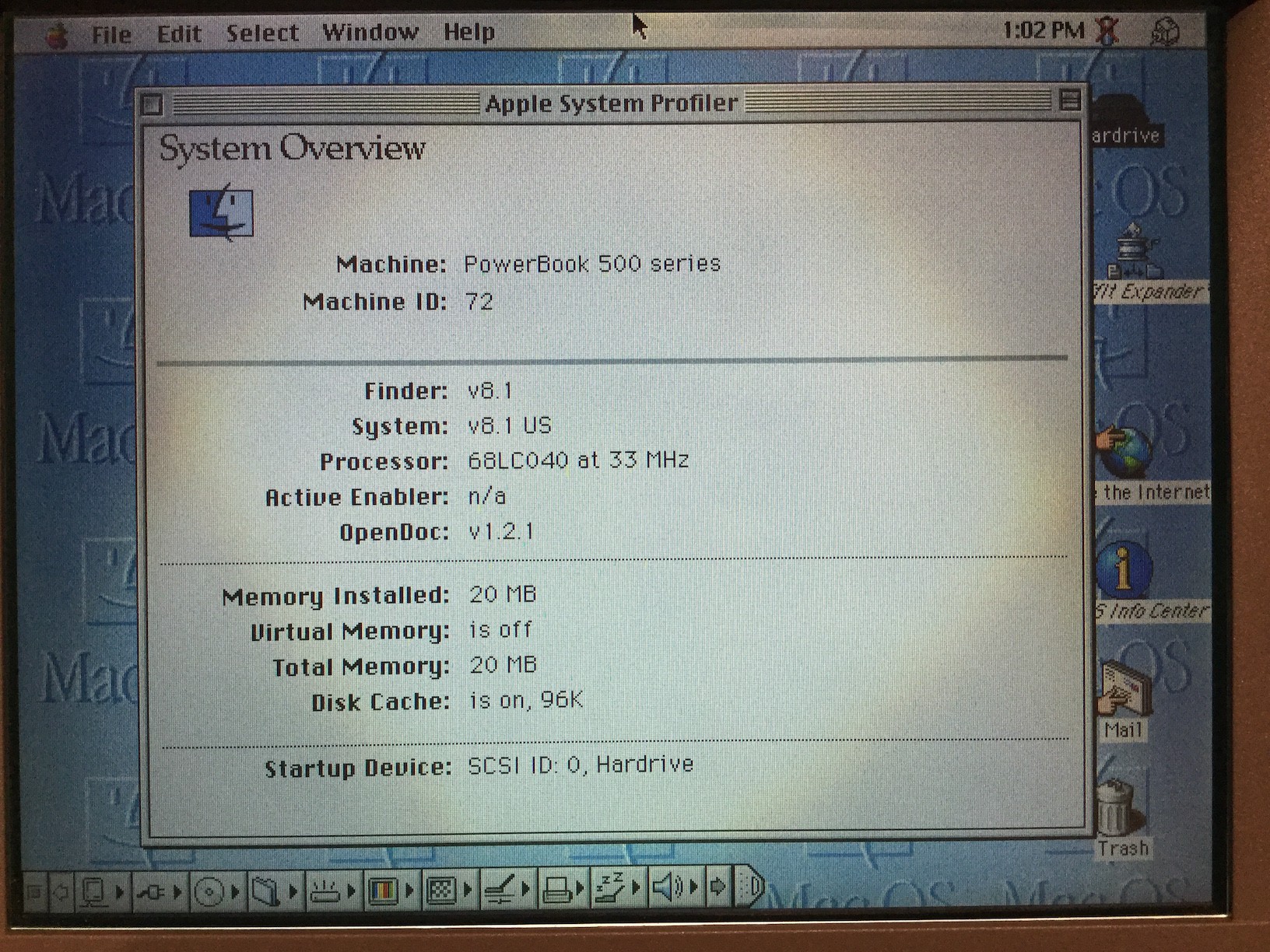
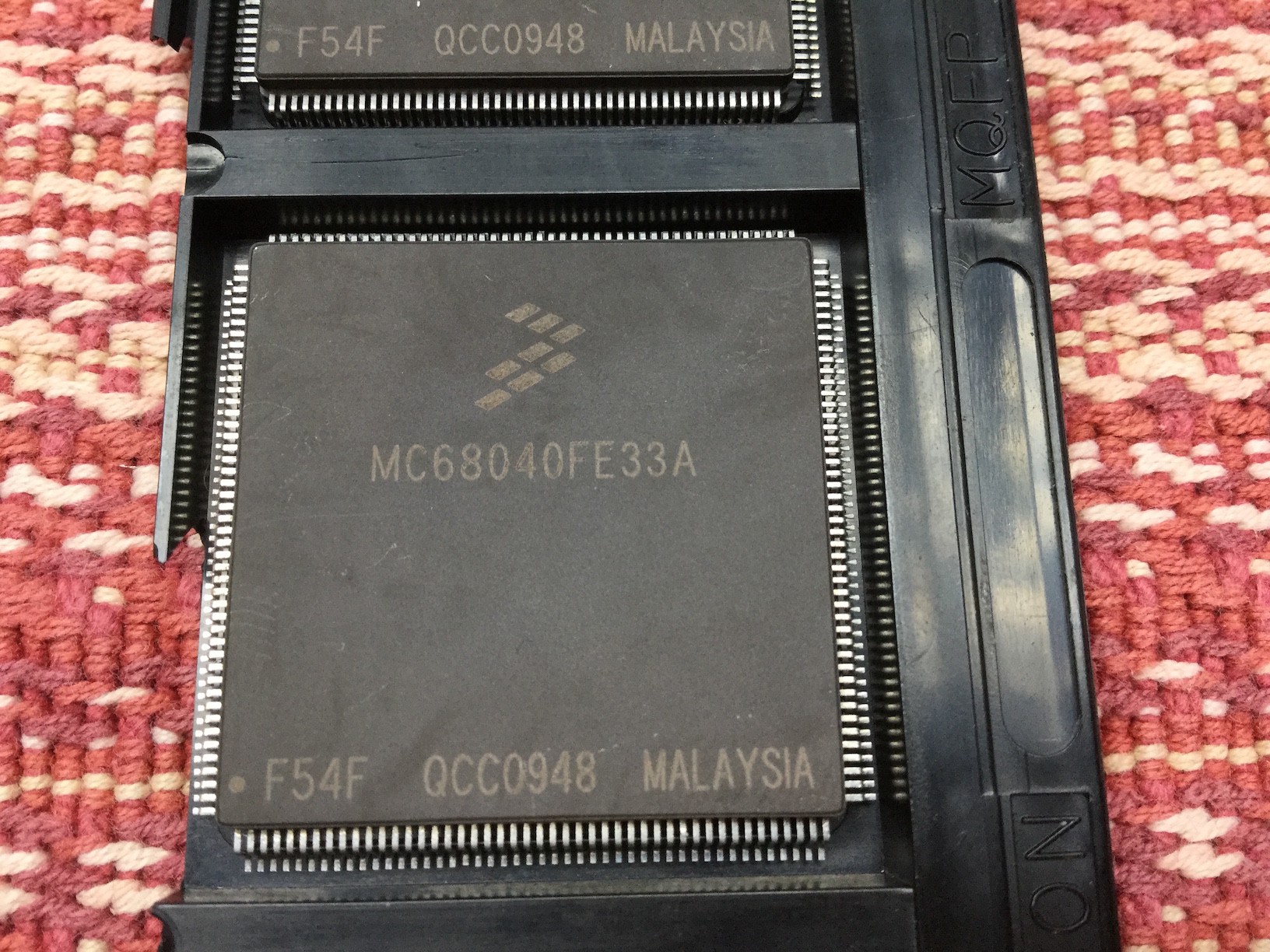
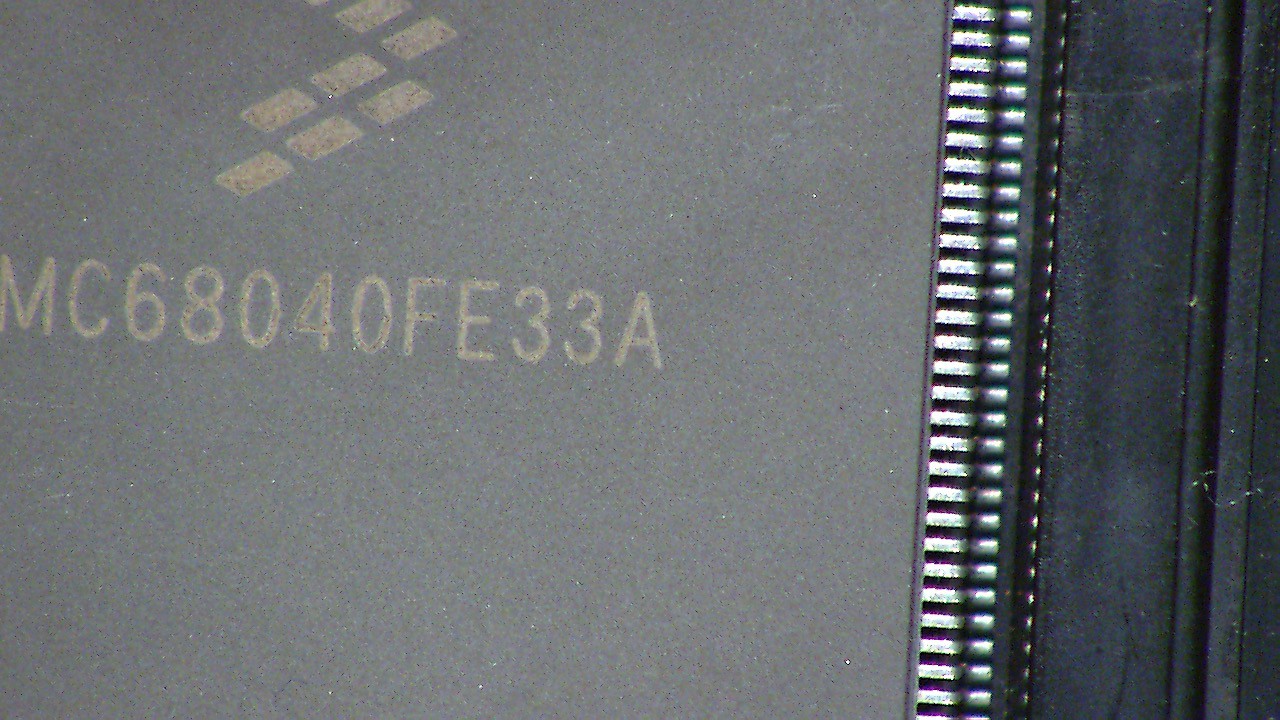
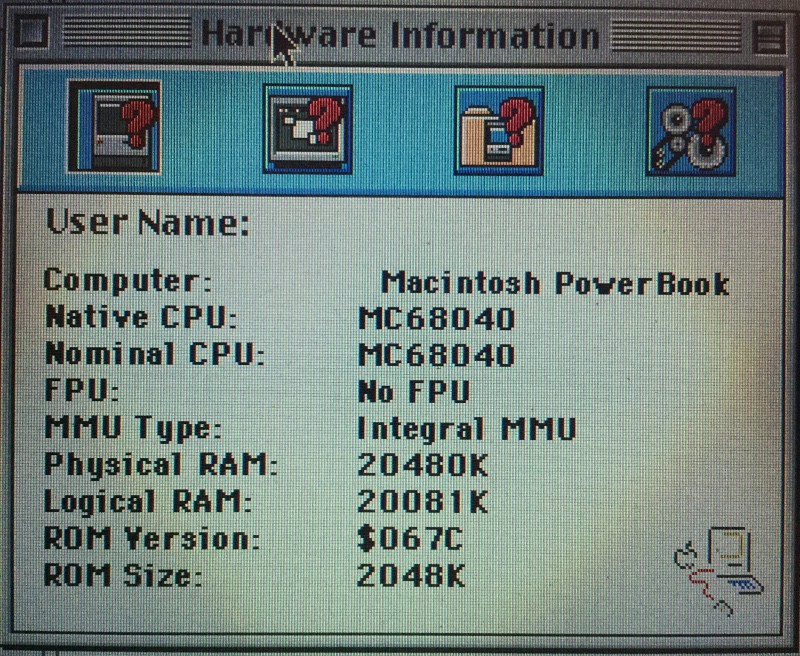
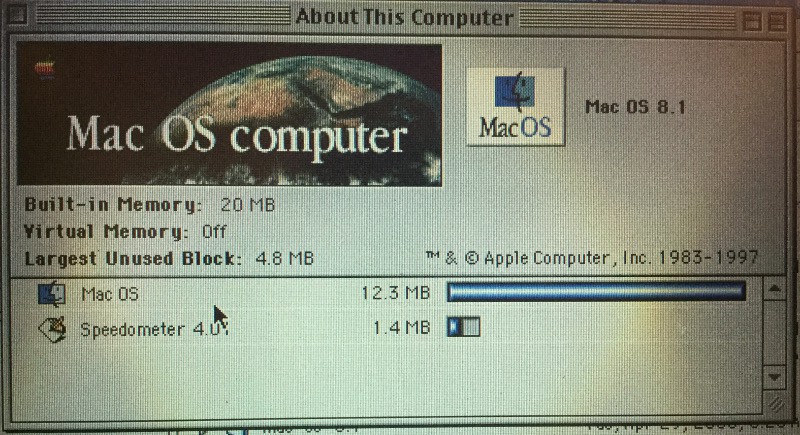
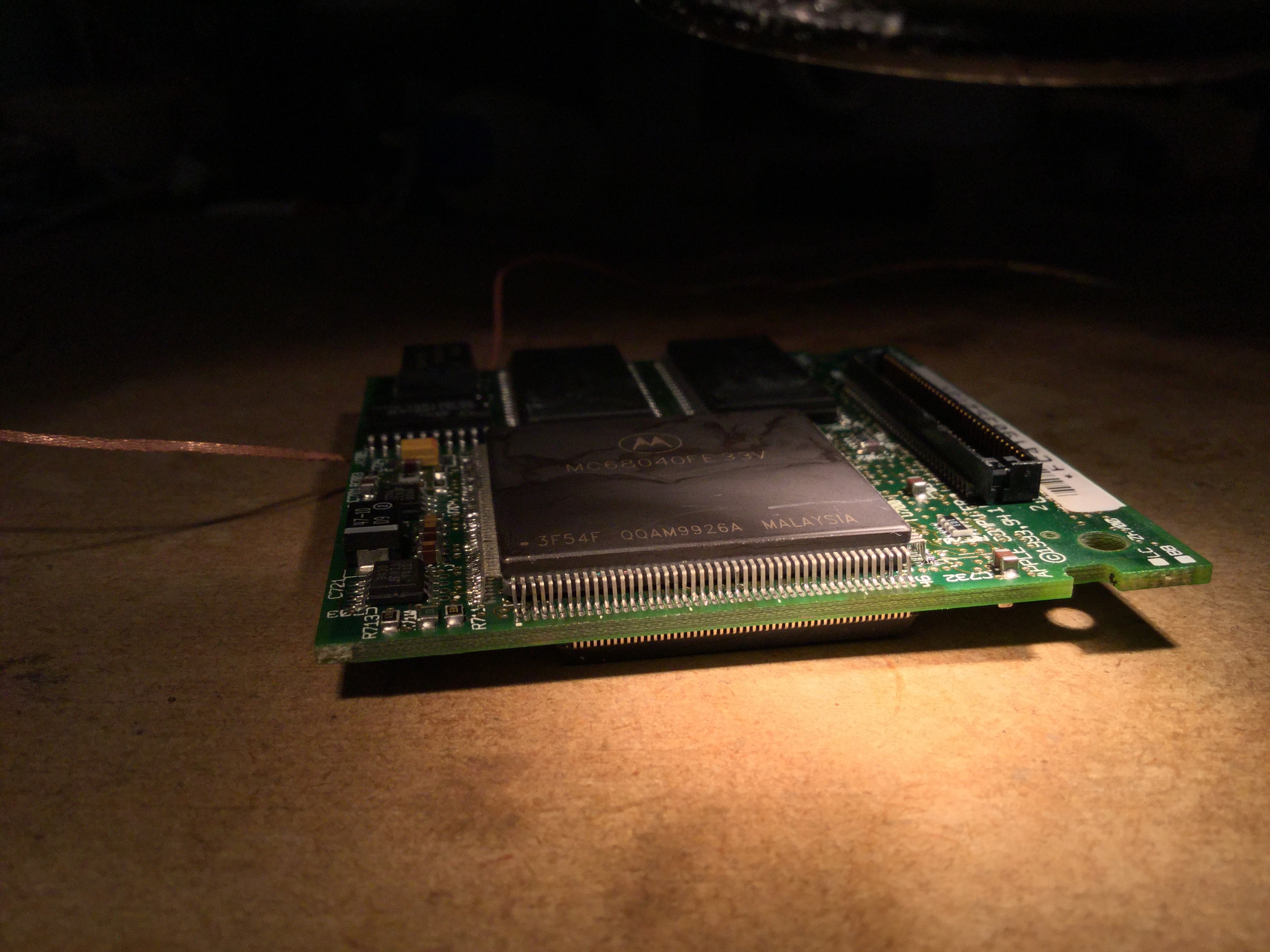
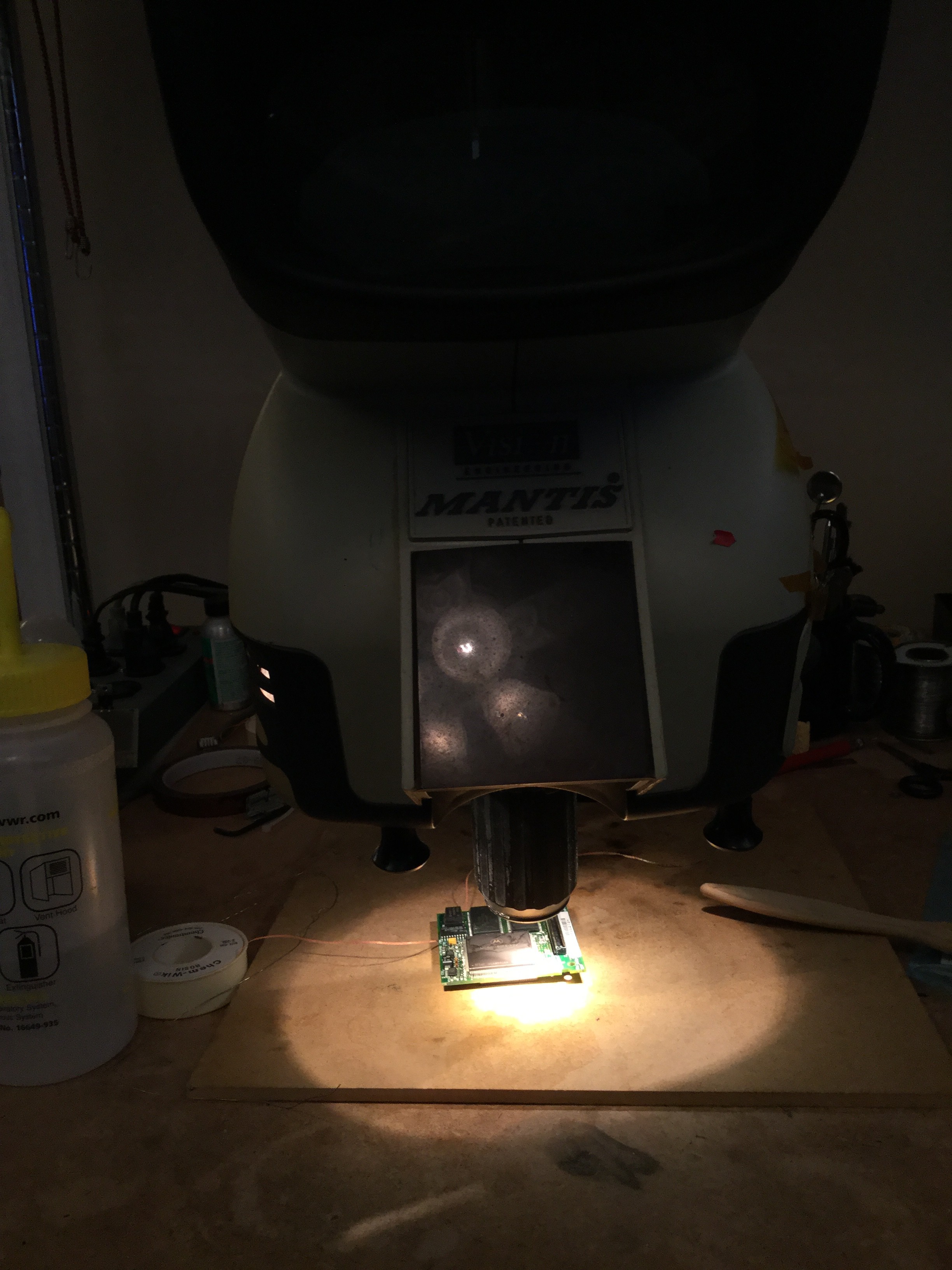
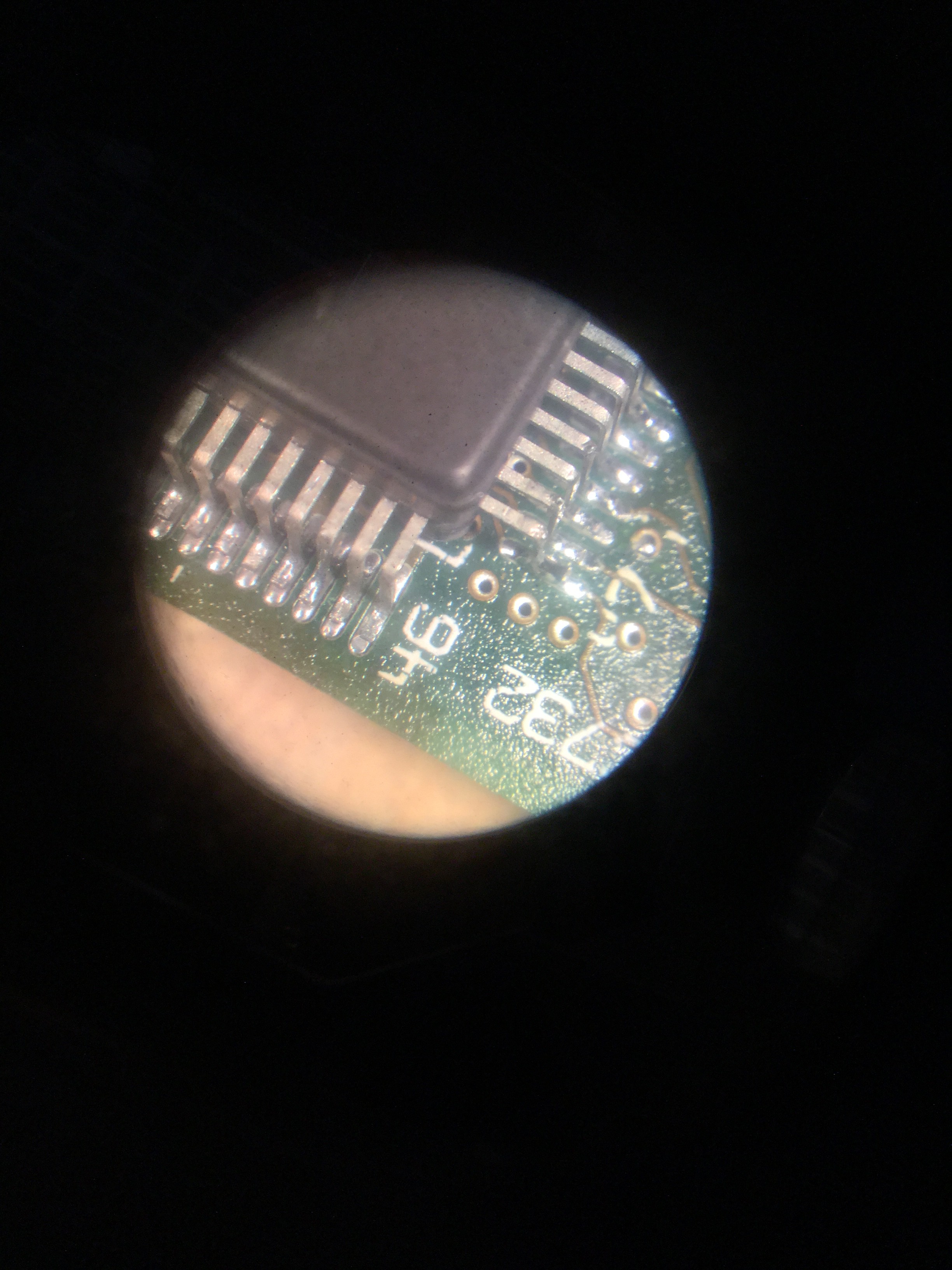




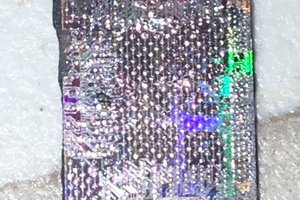
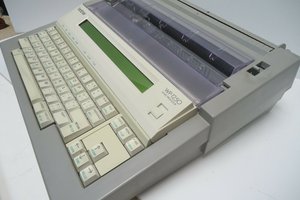
 furrysalamander
furrysalamander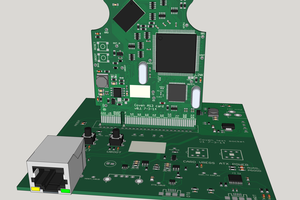
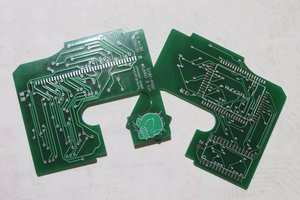
OK, I repeated the feat with yet another chineese sourced chip: same result -- no fpu detected. Here is what I tested further - I created an extension that during system startup changed gestalt value for fpu selector (gestaltFPUType) to 3 (gestalt68040FPU). The result was crash after startup inside Finder. With Macsbug installed i found out the crash was due to exception at the very first fpu instruction: FSAVE. According to the 68040 user's manual this instruction will never generate exception from fpu. So it is conclusive - there is no fpu in chinese chip, it is fake all the way through. ftc